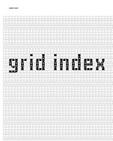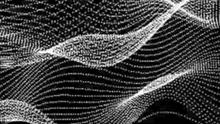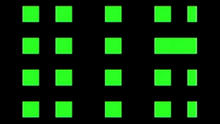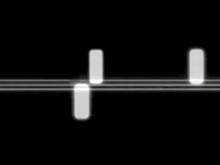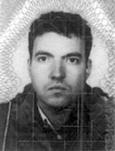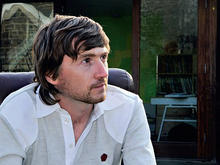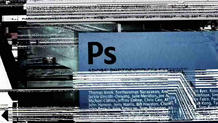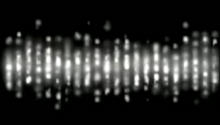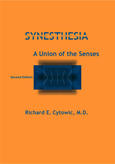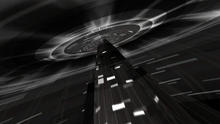Carsten Nicolai (alva noto)
(*1965) seeks to overcome the separation of the sensual perceptions of man by making scientific phenomenons like sound and light frequencies perceivable for both eyes and ears.
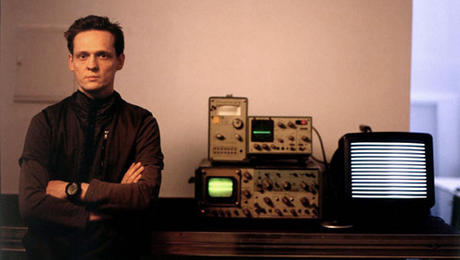
Carsten Nicolai, born 1965 in Karl-Marx-Stadt, is part of an artist generation who works intensively in the transitional area between art and science. As a visual artist Nicolai seeks to overcome the separation of the sensual perceptions of man by making scientific phenomenons like sound and light frequencies perceivable for both eyes and ears. His installations have a minimalistic aesthetic that by its elegance and consistency is highly intriguing.
Further aspects of his works consider the integration of chance as well as the inspection of the interchanging relations of micro and macro structures. Special interest he also puts on so-called self-organizing processes, for example the growing of snow crystals.
"In my opinion the emphasis of self-generating processes is a reaction to the claim to plan everything. Many of my works underlie a rule and introduce a model as organizing scheme to recognize chaotic movements. I am interested in both moments, they lie really close together. (...) The article Active mutations of self-reproducing networks, machines and tapes (1996) by Takashi Ikegami and Takashi Hashimoto had a major impact on my work. They wrote about loop structures and self-organisation. Loops get created by mathematical processes whose results at the same time are the source for new calculations. By constant re-calculating mistakes occur, build up changing patterns and become the origin of new intelligent processes."
After his participation in important international exhibitions like documenta X and the 49th and 50th Venice Biennial, Nicolai's works were shown in two comprehensive solo exhibitions at Schirn Kunsthalle Frankfurt, Germany (anti reflex) and at Neue Nationalgalerie in Berlin, Germany (syn chron) in 2005. In 2007 he had further extensive shows in Zurich and New York.
For several years now Carsten Nicolai experiments with sound under the pseudonym noto to create his own code of signs, acoustic and visual symbols. As alva noto he leads those experiments into the field of electronic music.
Source: Carsten Nicolai's website
